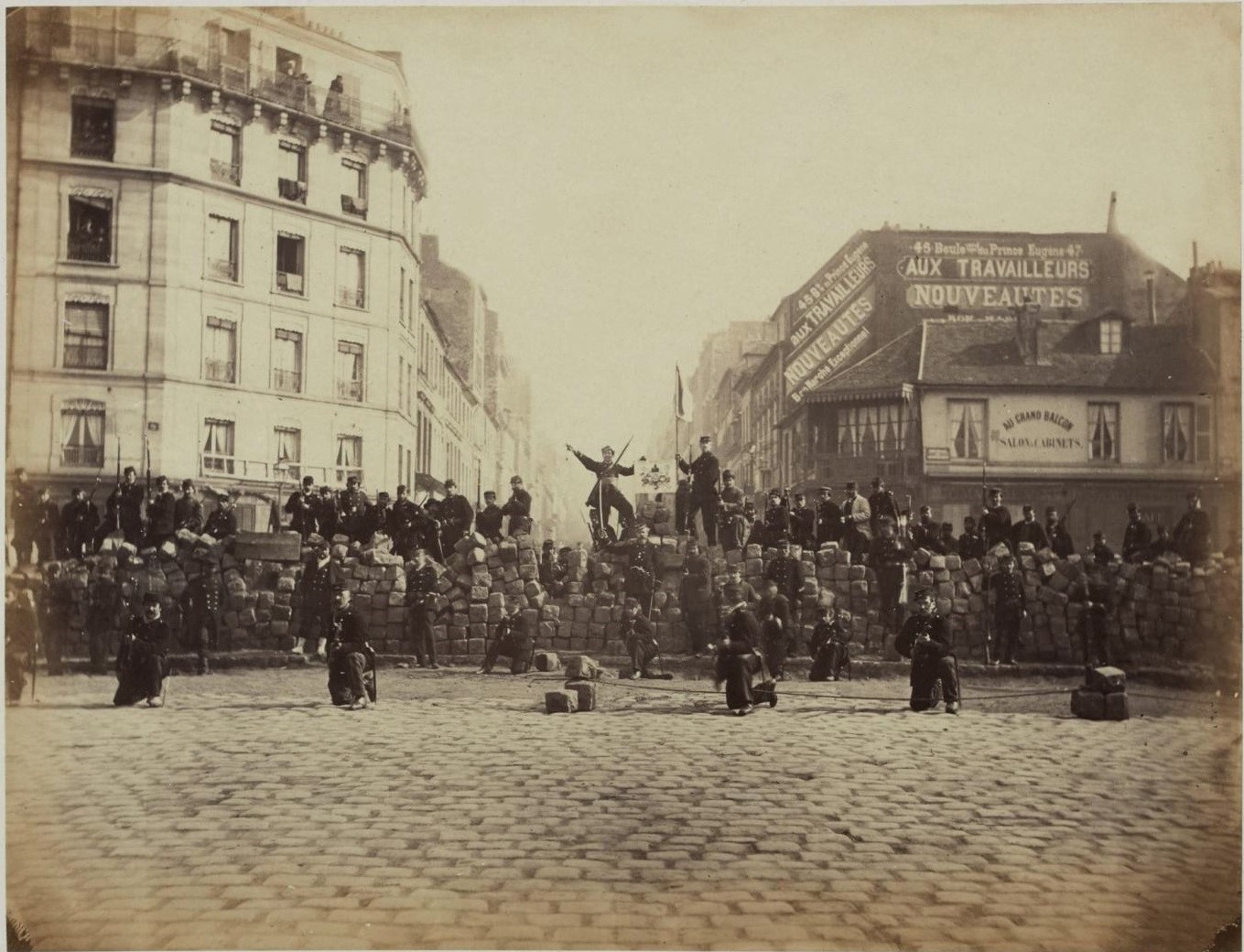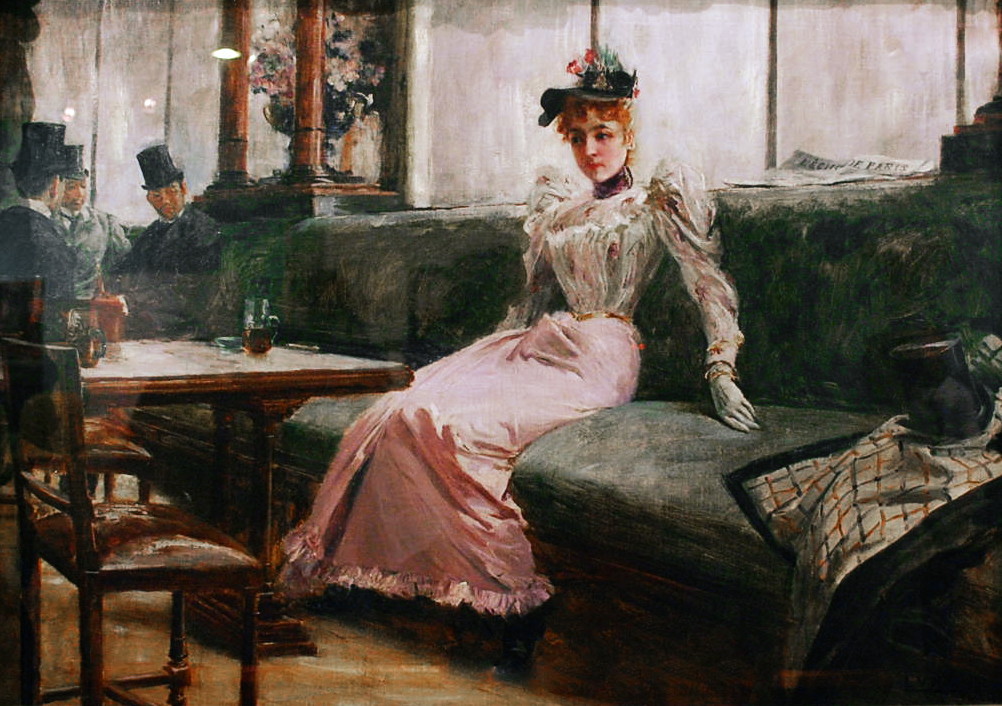|
Juan Luna
Juan Luna de San Pedro y Novicio (, ; October 25, 1857 – December 7, 1899) was a Filipino painter, sculptor and a political activism, activist of the Philippine Revolution during the late 19th century. He became one of the first recognized Philippine artists. His winning of the gold medal in the 1884 Madrid Exposition of Fine Arts, along with the silver win of fellow Filipino painter Félix Resurrección Hidalgo, prompted a celebration which was a significant highlight in the memoirs of members of the Propaganda Movement, with the fellow ''Ilustrados'' toasting the two painters' good health and the brotherhood between Spain and the Philippines. Well regarded for work done in the manner of European academies of his time, Luna painted literary and historical scenes, some with an underscore of political commentary. His allegorical works were inspired by classical balance, and often showed figures in theatrical poses. Biography Early life Born in the town of Badoc, I ... [...More Info...] [...Related Items...] OR: [Wikipedia] [Google] [Baidu] |
The Blood Compact
''The Blood Compact'' (Spanish: ''El Pacto de Sangre'') is an 1886 historical painting"The Blood Compact" by Juan Luna from Juan Luna Selected Paintings from the Bank of the Philippine Islands Collection, ayalamuseum.orgOcampo, Ambeth "The Blood Compact" by Juan Luna from Juan Luna's Works, Looking Back, Inquirer Opinion/Columns, Inquirer, opinion.inquirer.net, October 24, 2007 by the Filipino painter |
National Historical Commission Of The Philippines
The National Historical Commission of the Philippines (NHCP; ) is a government agency of the Philippines. Its mission is "the promotion of Philippine history and cultural heritage through research, dissemination, conservation, sites management and heraldry works." As such, it "aims to inculcate awareness and appreciation of the noble deeds and ideals of our heroes and other illustrious Filipinos, to instill pride in the Filipino people and to rekindle the Filipino spirit through the lessons of history." History While the current form of the NHCP was established in 1972 as part of the reorganization of government after President Ferdinand Marcos' declaration of martial law, its roots can be traced back to 1933 when the American colonial Insular Government first established the Philippine Historical Research and Markers Committee (PHRMC). Philippine Historical Research and Markers Committee (1933) The Philippine Historical Research and Markers Committee was created by U.S. G ... [...More Info...] [...Related Items...] OR: [Wikipedia] [Google] [Baidu] |
Spoliarium
The ''Spoliarium'' is a painting by Filipino people, Filipino painter Juan Luna. Luna, working on canvas, spent eight months completing the painting which depicts dying gladiators. The painting was submitted by Luna to the ''Exposición Nacional de Bellas Artes'' in 1884 in Madrid, where it garnered the first gold medal (out of three). The picture recreates a despoiling scene in a Roman circus where dead gladiators are stripped of weapons and garments. Together with other works of the Spanish Academy, the Spoliarium was on exhibit in Rome in April 1884. In 1886, the painting was sold to the Provincial Deputation of Barcelona, provincial government of Barcelona for 20,000 Spanish peseta, pesetas. It is currently displayed in the main gallery at the first floor of the National Museum of Fine Arts (Manila), National Museum of Fine Arts in Manila, and is the first work of art that greets visitors upon entry into the museum. The National Museum considers it the largest painting in ... [...More Info...] [...Related Items...] OR: [Wikipedia] [Google] [Baidu] |
Philippine Revolution
The Philippine Revolution ( or ; or ) was a war of independence waged by the revolutionary organization Katipunan against the Spanish Empire from 1896 to 1898. It was the culmination of the 333-year History of the Philippines (1565–1898), colonial rule of Spain in the archipelago. The Captaincy General of the Philippines, Philippines was one of the last major colonies of the Spanish Empire, which had already suffered Spanish American wars of independence, a massive decline in the 1820s. Cuban War of Independence, Cuba rebelled in 1895, and in 1898, the United States Spanish–American War, intervened and the Spanish soon capitulated. In June, Philippine revolutionaries Philippine Declaration of Independence, declared independence. However, it was not recognized by Spain, which sold the islands to the United States in the Treaty of Paris (1898), Treaty of Paris. Led by Andrés Bonifacio, the Katipunan was formed in secrecy in 1892 in the wake of the nascent La Liga Filipina ... [...More Info...] [...Related Items...] OR: [Wikipedia] [Google] [Baidu] |
Activism
Activism consists of efforts to promote, impede, direct or intervene in social, political, economic or environmental reform with the desire to make Social change, changes in society toward a perceived common good. Forms of activism range from Mandate (politics), mandate building in a community (including writing letters to newspapers), petitioning elected officials, running or contributing to a political campaign, preferential patronage (or boycott) of businesses, and demonstrative forms of activism like rallies, street marches, Strike action, strikes, sit-ins, or hunger strikes. Activism may be performed on a day-to-day basis in a wide variety of ways, including through the creation of art (artivism), computer hacking (hacktivism), or simply in how one chooses to spend their money (economic activism). For example, the refusal to buy clothes or other merchandise from a company as a protest against the Exploitation of labour, exploitation of workers by that company could be cons ... [...More Info...] [...Related Items...] OR: [Wikipedia] [Google] [Baidu] |
Paz Pardo De Tavera
Maria de la Paz Pardo de Tavera y Gorricho (died 3 or 6 October 1892) was a Philippine mestiza and wife of Filipino painter Juan Luna. Though born in the Philippines, she and her family moved to Paris some time after her father Félix's death in 1864. She had two children with Luna: Andrés and María de la Paz, though the latter died when she was three years old. On 22 September 1892, after being accused of adultery, Pardo de Tavera was shot by Luna in their atelier in alongside her mother Juliana Gorricho and her brother Félix, with the latter surviving the incident. Pardo de Tavera died from her gunshot wounds eleven days after the said incident, in a hospital. She was the daughter of Trinidad Pardo de Tavera (from Tavira Tavira (), officially the City of Tavira (), is a Portuguese town and municipality, capital of the ''Costa do Acantilado'', situated in the east of the Algarve on the south coast of Portugal. It is east of Faro and west of Huelva across the riv ...), ... [...More Info...] [...Related Items...] OR: [Wikipedia] [Google] [Baidu] |
Ayala Museum
The Ayala Museum is a museum in Makati, Metro Manila, Philippines. It is run privately by the Ayala Foundation and houses archaeological, ethnographic, historical, fine arts, numismatics, and ecclesiastical exhibits. Since its establishment in April 1967, the museum has been committed to showcasing overseas collections and situating contemporary Philippine art in the global arena in a two-way highway of mutual cooperation and exchange with local and international associates. The museum was reopened on December 4, 2021, after a two-year renovation. History Envisioned during the 1950s by Philippine abstract painter Fernando Zóbel de Ayala y Montojo, as a museum of Philippine history and iconography, the Ayala Museum was established in April 1967 as a project of the Filipinas Foundation, now known as the Ayala Foundation. The museum was housed at the Insular Life Building until 1974 before being transferred to the old Makati Stock Exchange Building. The old building was desig ... [...More Info...] [...Related Items...] OR: [Wikipedia] [Google] [Baidu] |
National Museum Of Fine Arts (Manila)
The National Museum of Fine Arts (), formerly known as the National Art Gallery, is an art museum in Manila, Philippines. It is located on Padre Burgos Avenue across from the National Museum of Anthropology in the eastern side of Rizal Park. The museum, owned and operated by the National Museum of the Philippines, was founded in 1998 and houses a collection of paintings and sculptures by classical Filipino artists such as Juan Luna, Félix Resurrección Hidalgo and Guillermo Tolentino. The neoclassical building was built in 1921 and originally served to house the various legislative bodies of the Philippine government. Known as the ''Old Legislative Building'' (also the ''Old Congress Building''), it was the home of the bicameral congress from 1926 to 1972, and the Philippine Senate from 1987 to 1997. History The building was originally designed by the Bureau of Public Works (precursor of the Department of Public Works and Highways) Consulting Architect Ralph Harrington Do ... [...More Info...] [...Related Items...] OR: [Wikipedia] [Google] [Baidu] |
Museo Del Prado
The Museo del Prado ( ; ), officially known as Museo Nacional del Prado, is the main Spanish national art museum, located in central Madrid. It houses collections of Art of Europe, European art, dating from the 12th century to the early 20th century, based on the former Spanish royal collection, and the single best collection of Spanish art. Founded as a museum of paintings and sculpture in 1819, it also contains important collections of other types of works. The numerous works by Francisco Goya, the single most extensively represented artist, as well as by Hieronymus Bosch, El Greco, Peter Paul Rubens, Titian, and Diego Velázquez, are some of the highlights of the collection. Velázquez and his keen eye and sensibility were also responsible for bringing much of the museum's fine collection of Italian masters to Spain, now one of the largest outside of Italy. The collection currently comprises around 8,200 drawings, 7,600 paintings, 4,800 prints, and 1,000 sculptures, in additi ... [...More Info...] [...Related Items...] OR: [Wikipedia] [Google] [Baidu] |
The Parisian Life (painting)
''The Parisian Life'', also known as ''Interior d'un Cafi'' (also spelled ''Interior d’Un Café'', literally meaning "Inside a Café A coffeehouse, coffee shop, or café (), is an establishment that serves various types of coffee, espresso, latte, americano and cappuccino, among other hot beverages. Many coffeehouses in West Asia offer ''shisha'' (actually called ''nargi ..."), is an oil on canvas impressionist painting made by Philippines, Filipino painter and revolutionary activist Juan Luna in 1892. The painting presently owned by the Government Service Insurance System (Philippines), Government Service Insurance System is currently exhibited at the National Museum of Fine Arts (Manila), National Museum of Fine Arts after the state pension fund transferred management of its collection to the National Museum in March 2012. Measuring 57 cm × 79 cm (22 in × 31 in), [...More Info...] [...Related Items...] OR: [Wikipedia] [Google] [Baidu] |








